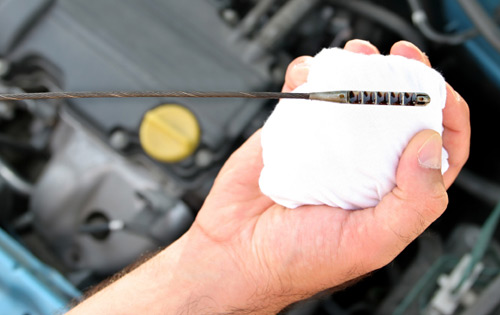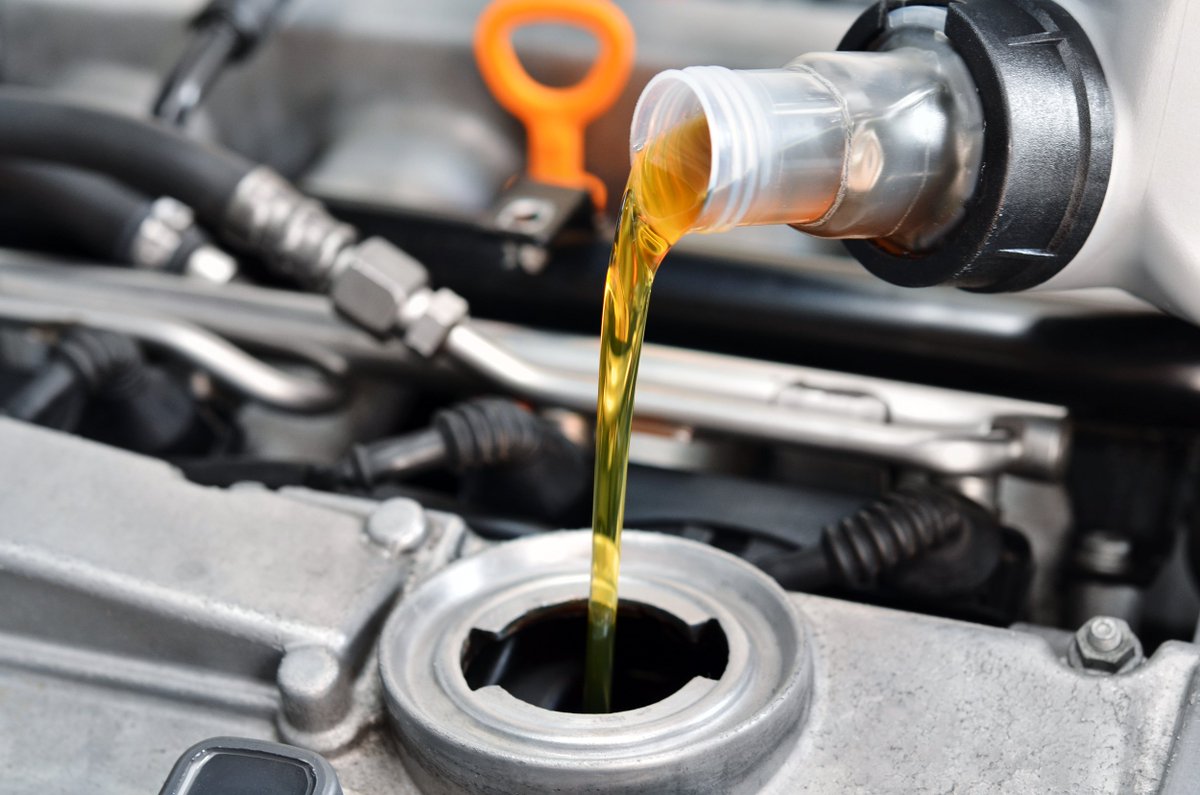In this article, Mark Barclay from the automotive part specialist Autosessive takes a closer look at the fundamentals of engine oil and what you need to do to keep your vehicle running at its best.
Engine oil is the lifeblood of your car, keeping all of the moving parts lubricated and working without friction. It also prevents the engine from overheating and absorbs the unpleasant by-products of combustion. Without oil, your car would simply seize up and refuse to work, which is why you need to make sure that your own vehicle’s supply is topped up and well-maintained. With this in mind, let’s take a closer look at what you need to know.
How to check the level of your engine oil
As I’ve mentioned, without oil your car won’t work. This means it's imperative that you regularly check the level of oil in your engine and top it up when necessary. You should aim to do this around once a month, just to be sure you won’t be caught short at an inopportune moment. Most modern cars have an electronic gauge that shows on the dashboard when you are running low, but if you have an older model or your meter isn’t working, you’ll have to check the old-fashioned way.

To do this, you will have to use the dipstick, which is usually located under the bonnet. Park on a flat surface to get a level reading and wait at least ten minutes for the oil to cool. Then, remove the dipstick and clean it, before re-inserting it. When you remove it again, you will be able to see what your oil’s reading is — the dipstick will have two notches, and the oil should always be between them. If not, it’s time for a re-fill.
How to know what type of oil your car needs
There are a few different types of engine oil and, if you aren’t sure which one you need, you should check your owner’s manual, where it will be listed. Take great care when buying new oil, as the wrong type can do serious damage to a modern engine — new vehicles rely on different oils to match the types of fuel they use, and the wrong type can affect the mechanics of the engine.
How to top-up your engine oil
When the time comes to re-fill your oil, you will need to know where your oil cap is beneath the bonnet. It’s usually marked with the word ‘OIL’, but you should consult your vehicle manual if you’re uncertain. Use a funnel to pour in a new supply of oil, remembering that the two notches on the dipstick represent one litre — adding one litre when the reading was below the second mark will suffice. If the oil was still between the notches, go for half a litre instead to be safe. Take your time and be careful not to add too much, as this can be just as harmful as not having any.
How to know when to change your engine oil
It’s best practice to completely change your engine oil every so often, as old oil can lose many of the properties that it needs to do its job. Most modern cars will need a change every 5,000 miles or so, though you might get even longer out of your oil. Older models, on the other hand, have less sophisticated technology, and will usually need a change every 3,000 miles. Your owner’s manual will have precise guidance.
How to change your engine oil

When the time comes to refresh your engine oil, the process is a little more complex than simply re-filling and takes some mechanical know-how. If you feel like you aren’t properly experienced or equipped for the job, it might be best to seek the assistance of a professional mechanic. For the job, you will need an oil filter wrench, an oil catching container, a funnel, a replacement oil filter, a jack, and some wheel chocks. It’s also sensible to have some cloths for cleaning and safety glasses and gloves for protection.
To begin, run your engine for a few minutes to thin the oil. Turn it off, then suspend your car from the front with a jack to gain access to the underside. Make sure the vehicle is secure, then head under to find the oil plug with the help of your owner’s manual. Place the catching container beneath the plug and loosen with a wrench — the oil will begin to drip and drain into it. While you wait, give the plug a quick clean and replace when the drainage is complete.
Next, it’s time to change the filter. Locate the old oil filter, and use the oil filter wrench to remove it — some oil will escape, so make sure the container is below beforehand. Pour some new oil into the replacement filter and use your finger to wipe some around the gasket ring to ensure a good fit when it is screwed back in. Go ahead and attach the new filter, making sure it is properly secured.
Finally, add some new oil in the same way as you would top it up, checking below the car for leaks. Run your engine for a few minutes to get the pressure back up and check again for any dripping. Once everything is running okay, you can lower your car and dispose of the old oil — use Oil Care’s tool to find your nearest oil bank for recycling.
Follow the advice in this article and you will be much less likely to be caught short by your vehicle’s oil supply. This way, you’ll never be stuck on the roadside.



